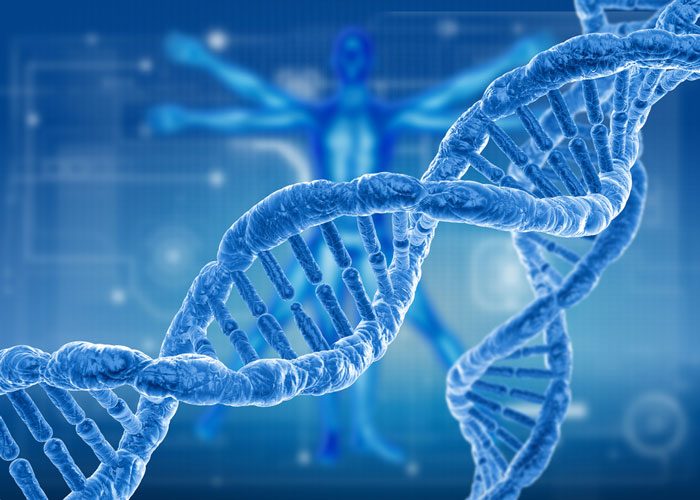VEGF found to prolong survival of stem cells
Posted: 10 November 2017 | Dr Zara Kassam (Drug Target Review) | No comments yet
A team of researchers have developed a new technology, which is promising to understand and treat ischemic diseases…


A team of researchers have developed a new technology, which is promising to understand and treat ischemic diseases.
The team found that by attaching a protein called vascular endothelial growth factor (VEGF) to microscopic particles can increase the survival time of stem cells, which could be used to help the healing of the tissues, after the injection into the body.
To understand how this protein can increase the survival of the cells, the researchers checked the molecules called “microRNAs”, which are important for the function of the cells. They found that a microRNA called “microRNA-17” has decreased in the stem cells when attached vascular endothelial growth factor was used.
To mimic what attached protein does, researchers decreased microRNA-17 amount in their cells and injected them into the leg muscle of the animals after cutting the blood flow to the leg. When the blood flow to the leg is cut, the leg starts to die. This might cause the loss of the toes or even the leg. However, the stem cells with decreased microRNA-17 can recover the blood flow in the leg by staying there longer and forming new blood vessels.
By finding a way to increase the life of the stem cells after injections, the researcher can increase their existence in the tissue, thus, might help the regeneration of the tissues after the blockage of blood flow.
The technique developed can help researchers to understand and treat other conditions, where survival of the cells is required. This platform might also be used for better integration of the cells to the tissue in cell therapy applications.
The collaboration involved researchers from the Faculty of Medicine at the University of Coimbra, led by Dr Lino Ferreira, MIT Portugal Program Faculty and researcher at the Center for Neuroscience and Cell Biology (CNC) in collaboration with Langer Lab at MIT (USA).
Ischemic diseases (such as stroke, heart attack, limb ischemia etc.) are caused by the obstruction of a blood vessel preventing blood flow to the tissue and are the leading cause of death around the world. This limited oxygen supply leads to the irreversible damage or death of the tissue. Stem cells might be used to regenerate the tissue with limited oxygen supply by forming new blood vessels and restore blood flow to the tissue. However, most of the cells die after injection and cannot help to have sufficient blood flow recovery.
Related topics
miRNAs, Stem Cells
Related conditions
Ischemic diseases
Related organisations
Cell Biology (CNC), Center for Neuroscience, Langer Lab at MIT (USA), MIT Portugal Program Faculty, University of Coimbra
Related people
Dr Lino Ferreira


